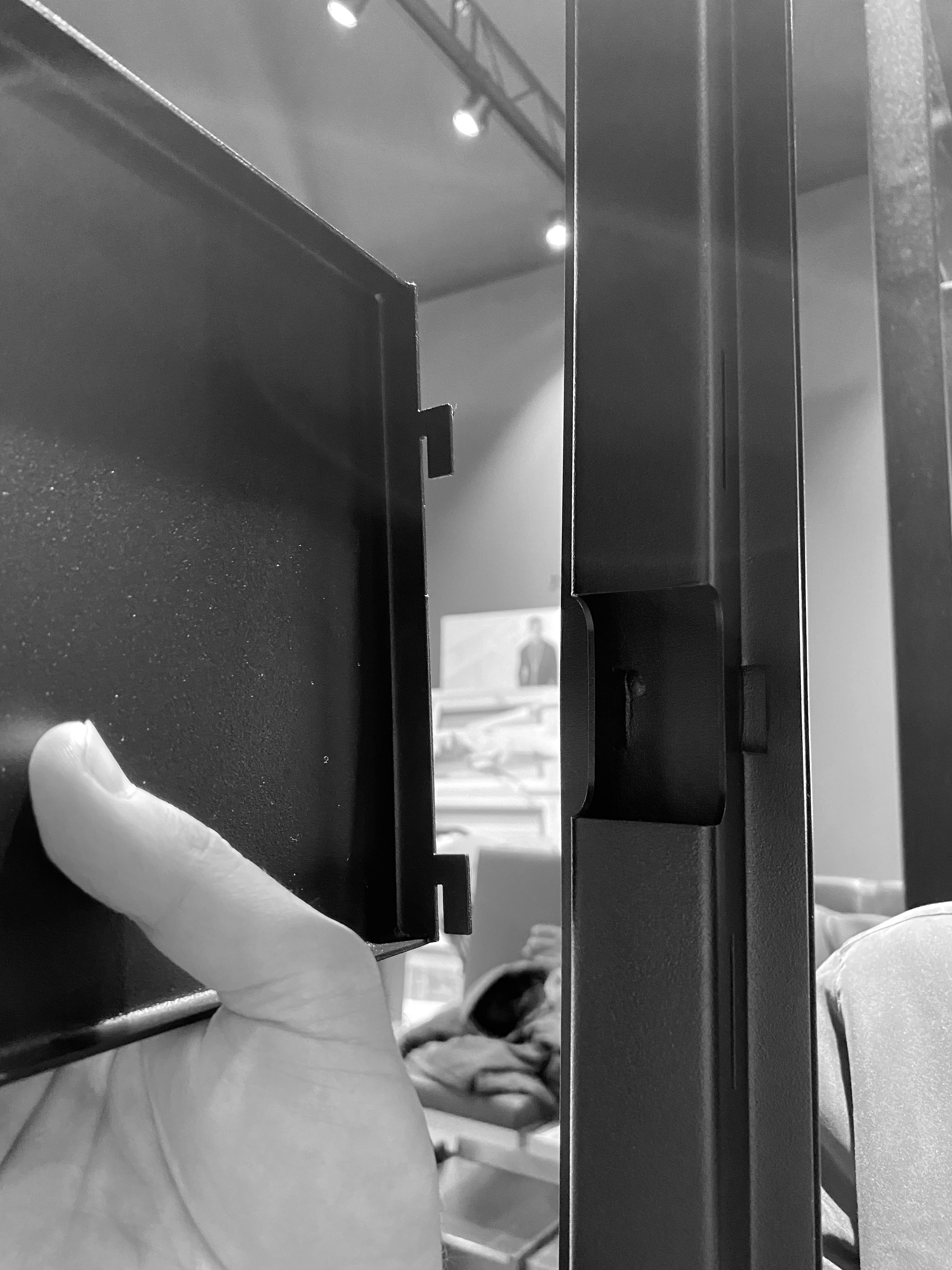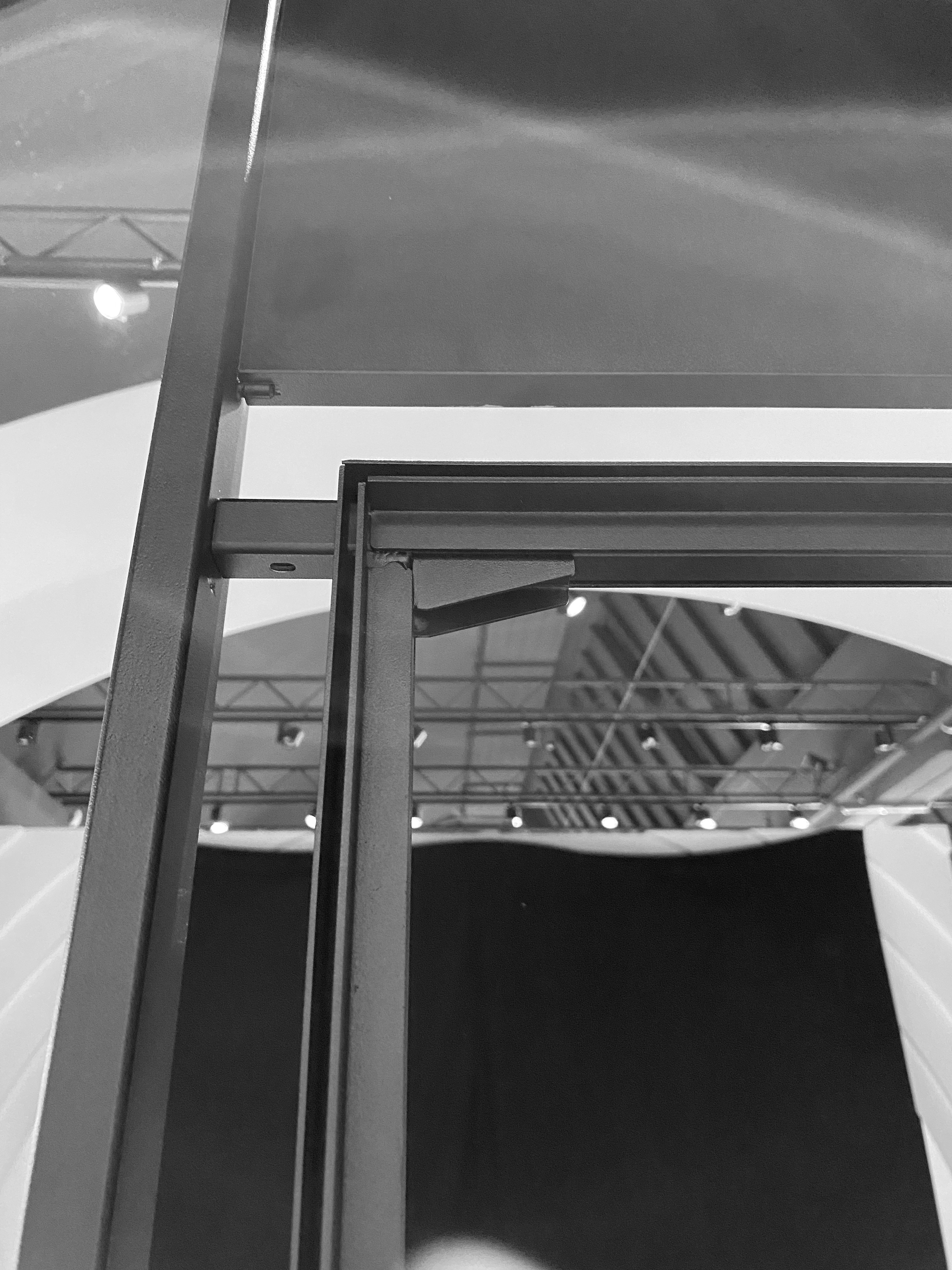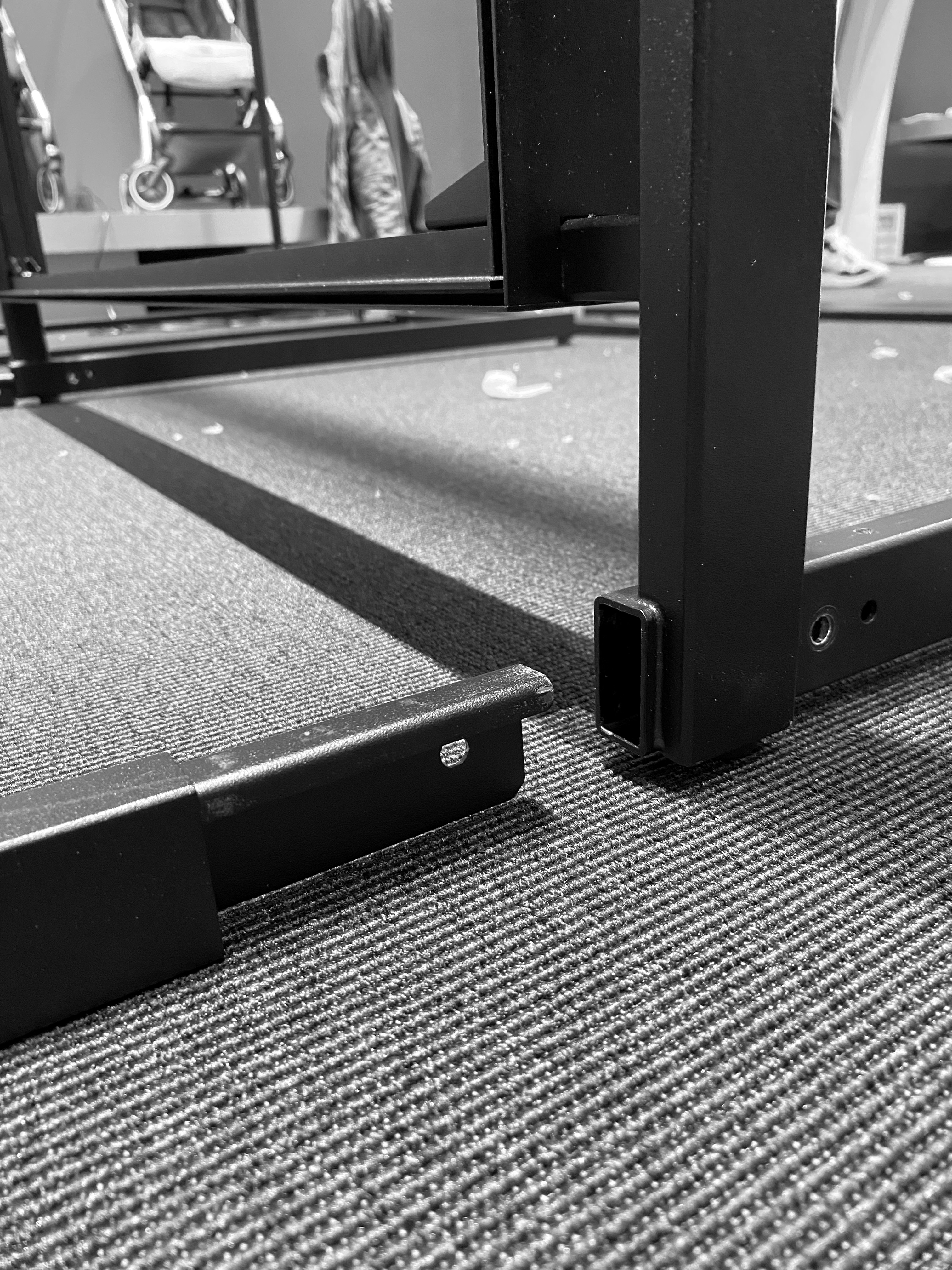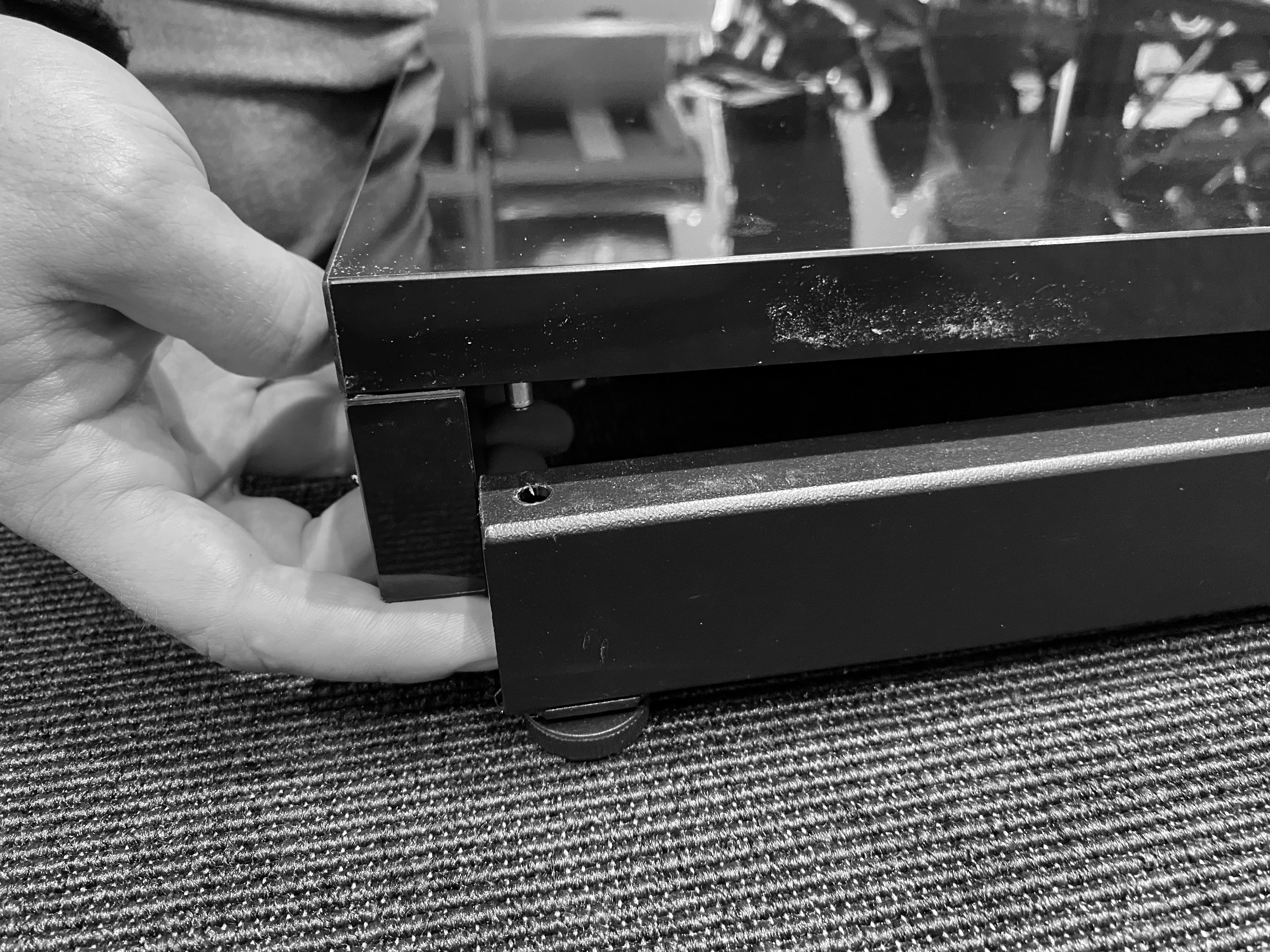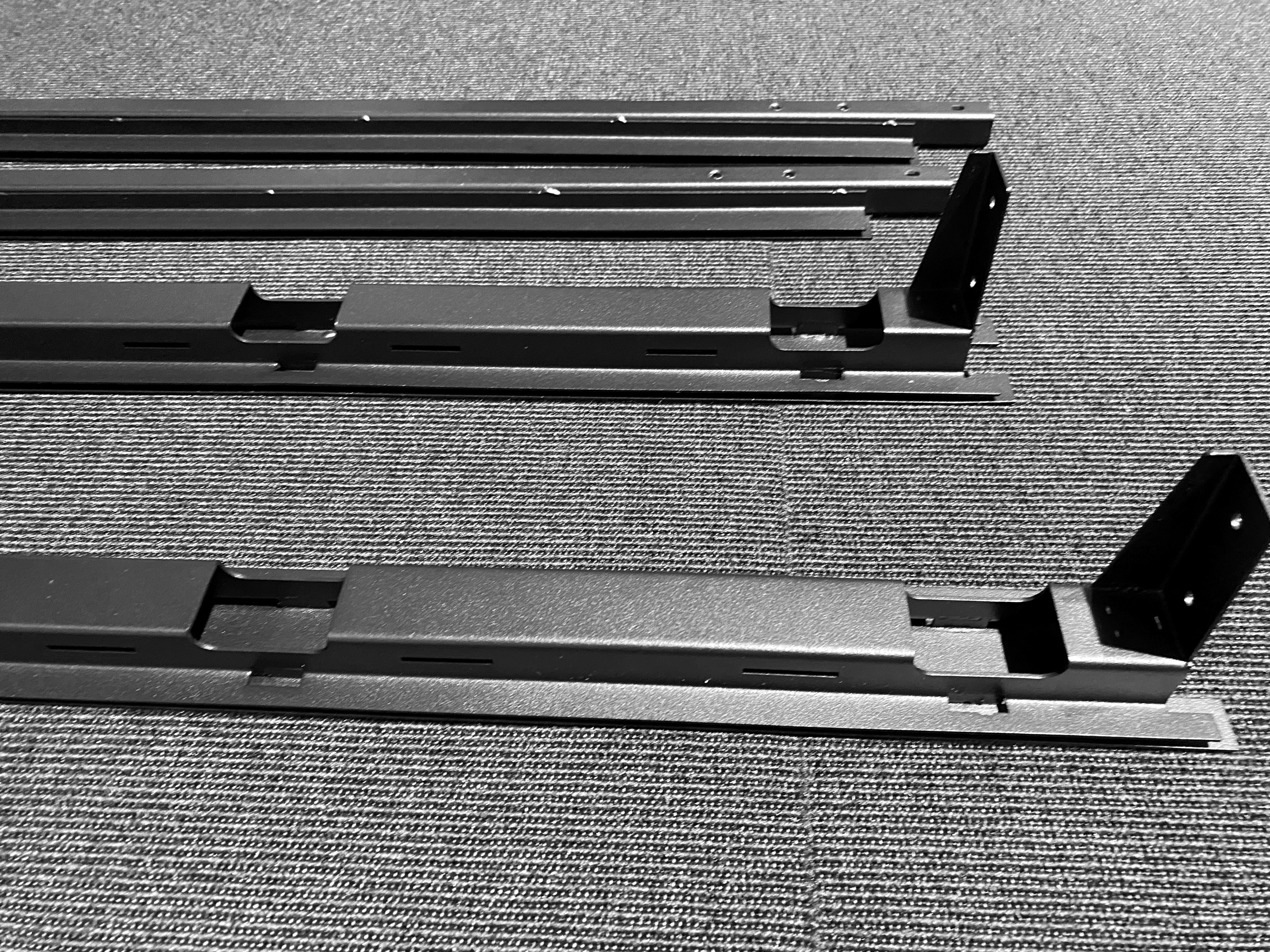Modular Retail POS System
Project lead and initiator for a flexible modular retail furniture system inspired by the Japanese Hikidashi (organizing drawers). Conceived to bring a premium retail experience by giving each product its own dedicated presentation space, while remaining cost-efficient through palletized transport, rapid assembly, and modular reuse. Designed in powder-coated steel with BIM integration for scalability and adaptability across markets. Successfully launched in Europe in 2024 with an initial €1M production run, with localized manufacturing expanding to North America and Asia.
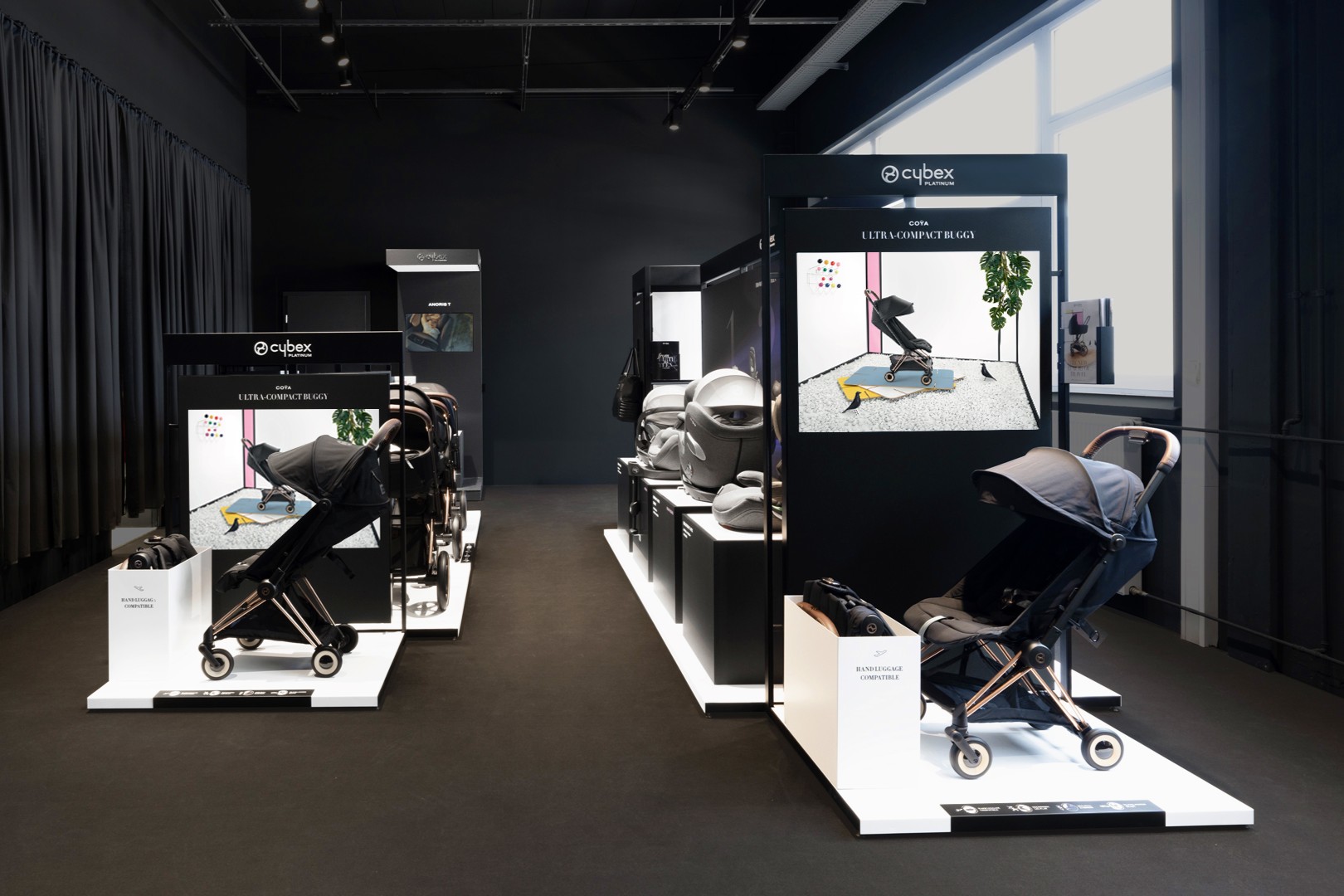
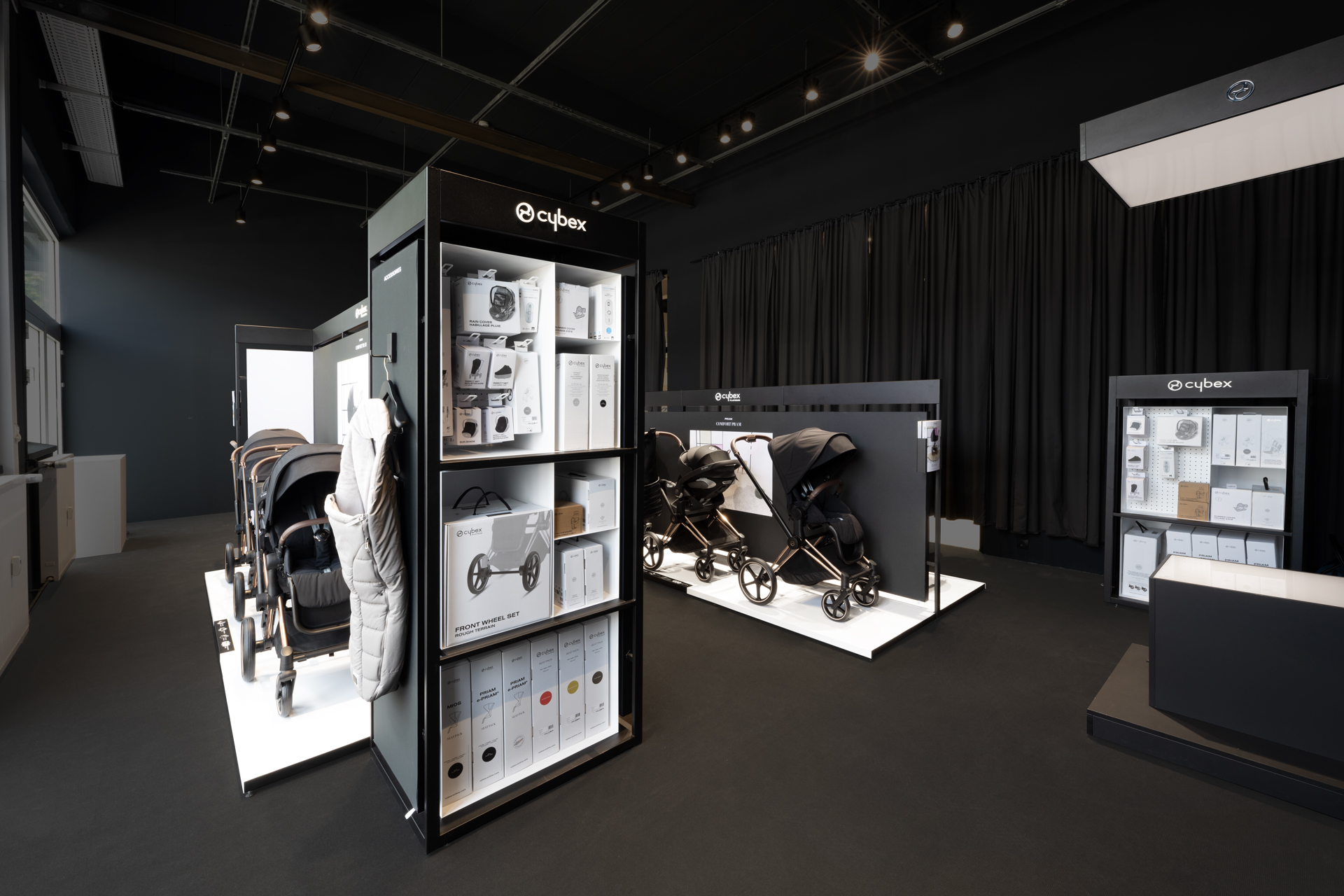
Design Iterations
The modular furniture system evolved through iterations emphasizing flexibility, aesthetics, and materials. Designed for adaptability, the modules reconfigure to suit diverse retail footprints and product assortments while remaining scalable for future needs. Each unit ensures a consistent, premium display language by giving products dedicated presentation space. Material explorations highlighted opportunities for customization, enabling the system to balance efficiency with strong visual impact across varied retail environments.
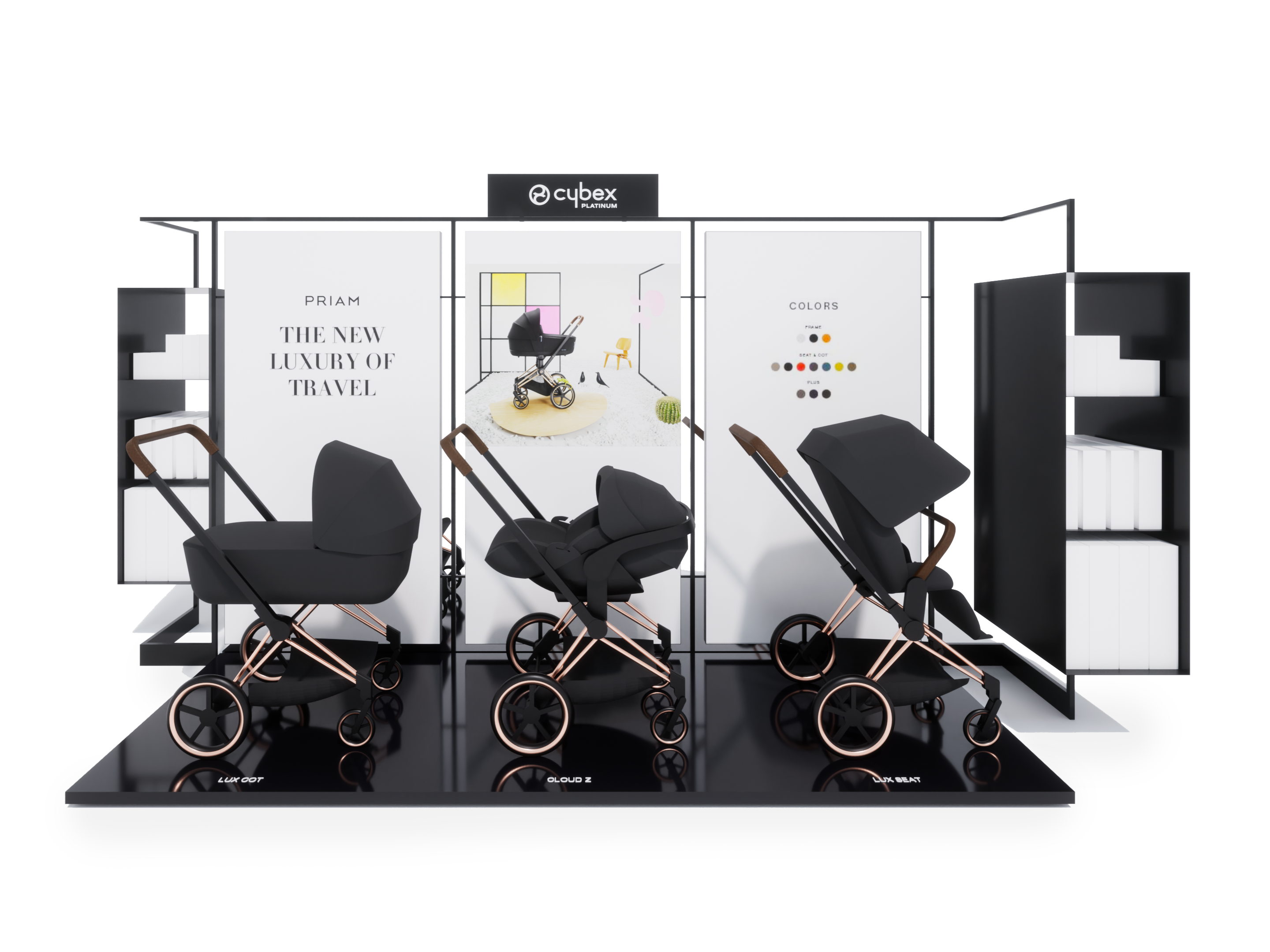
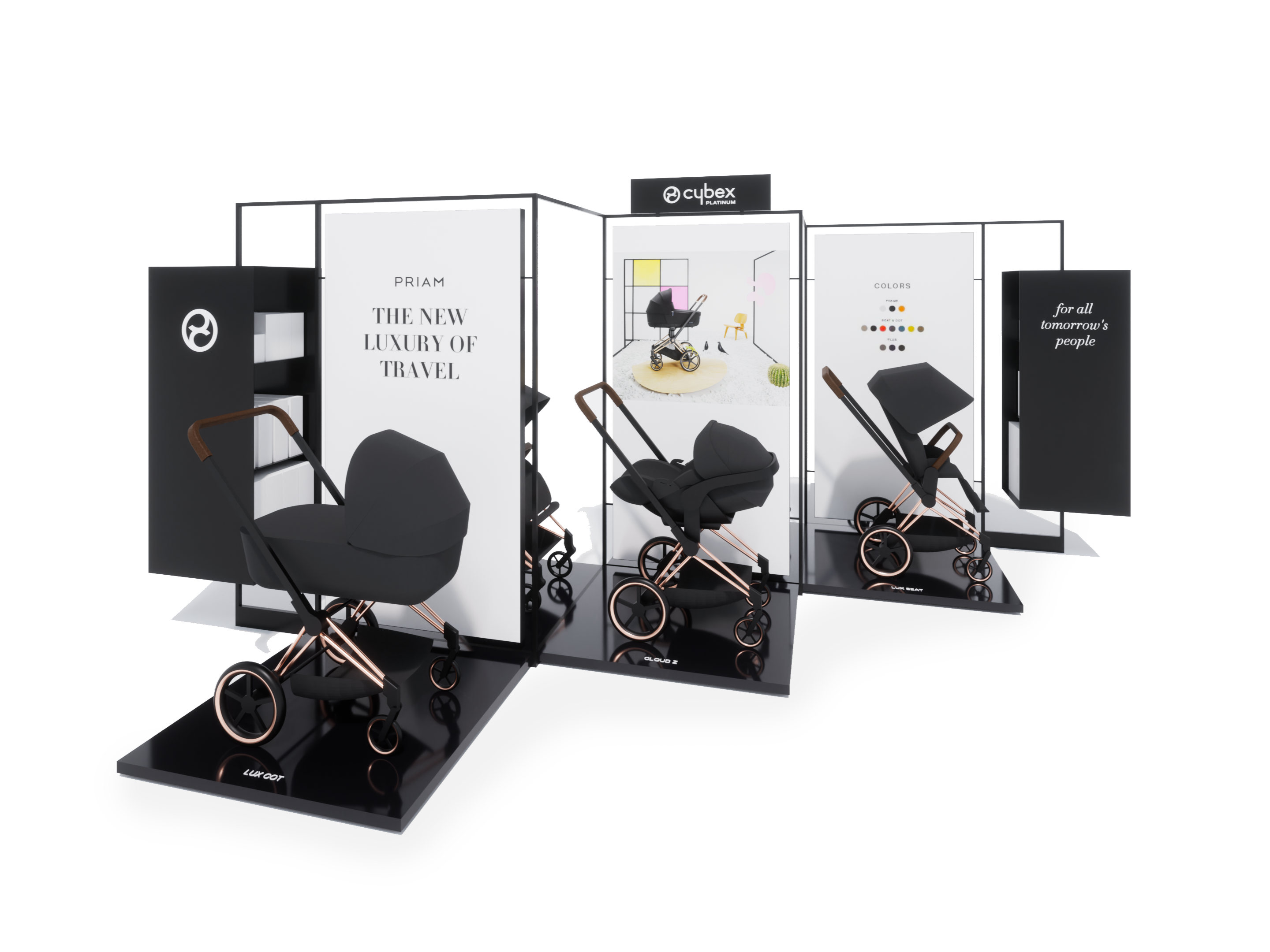
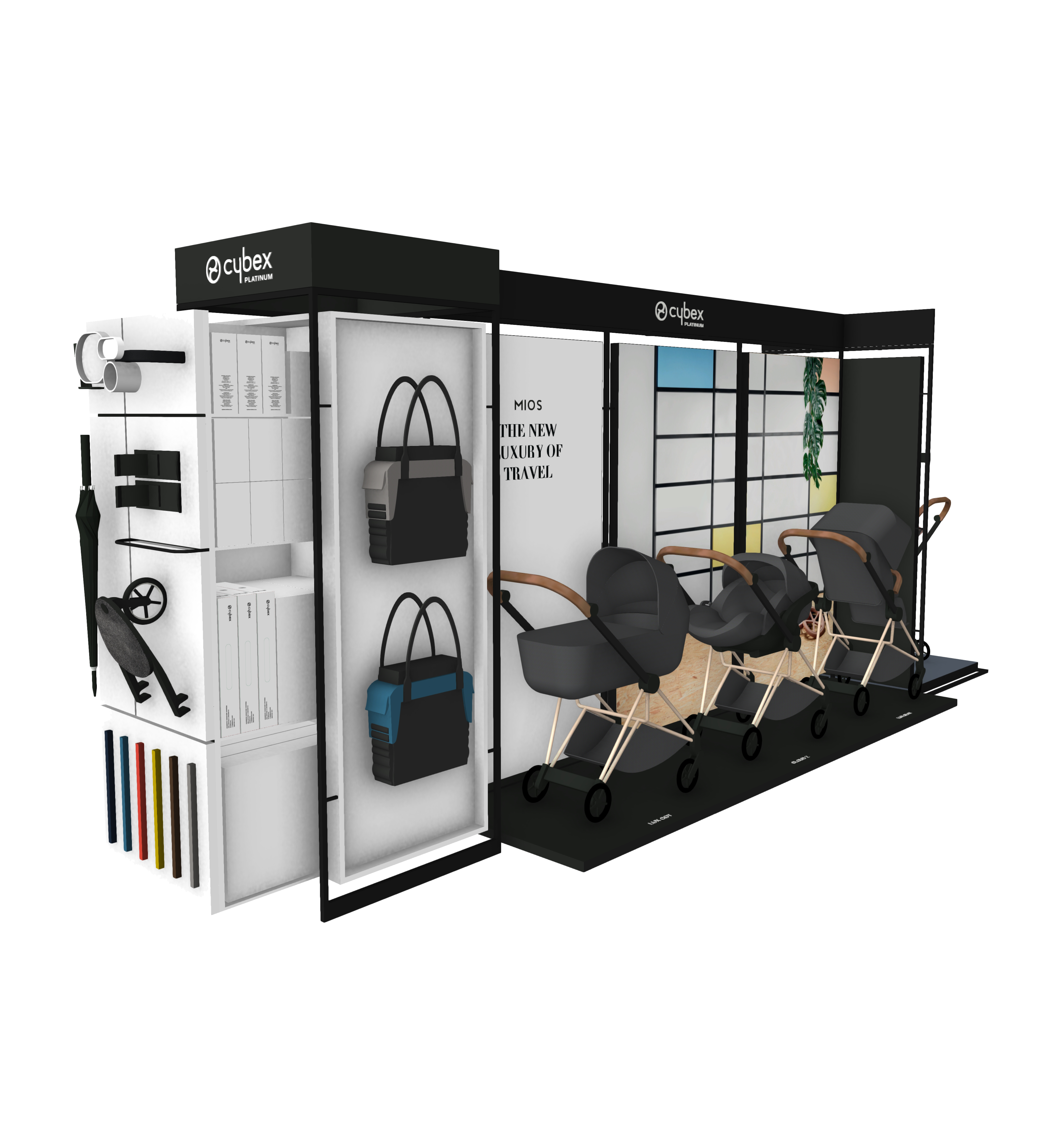
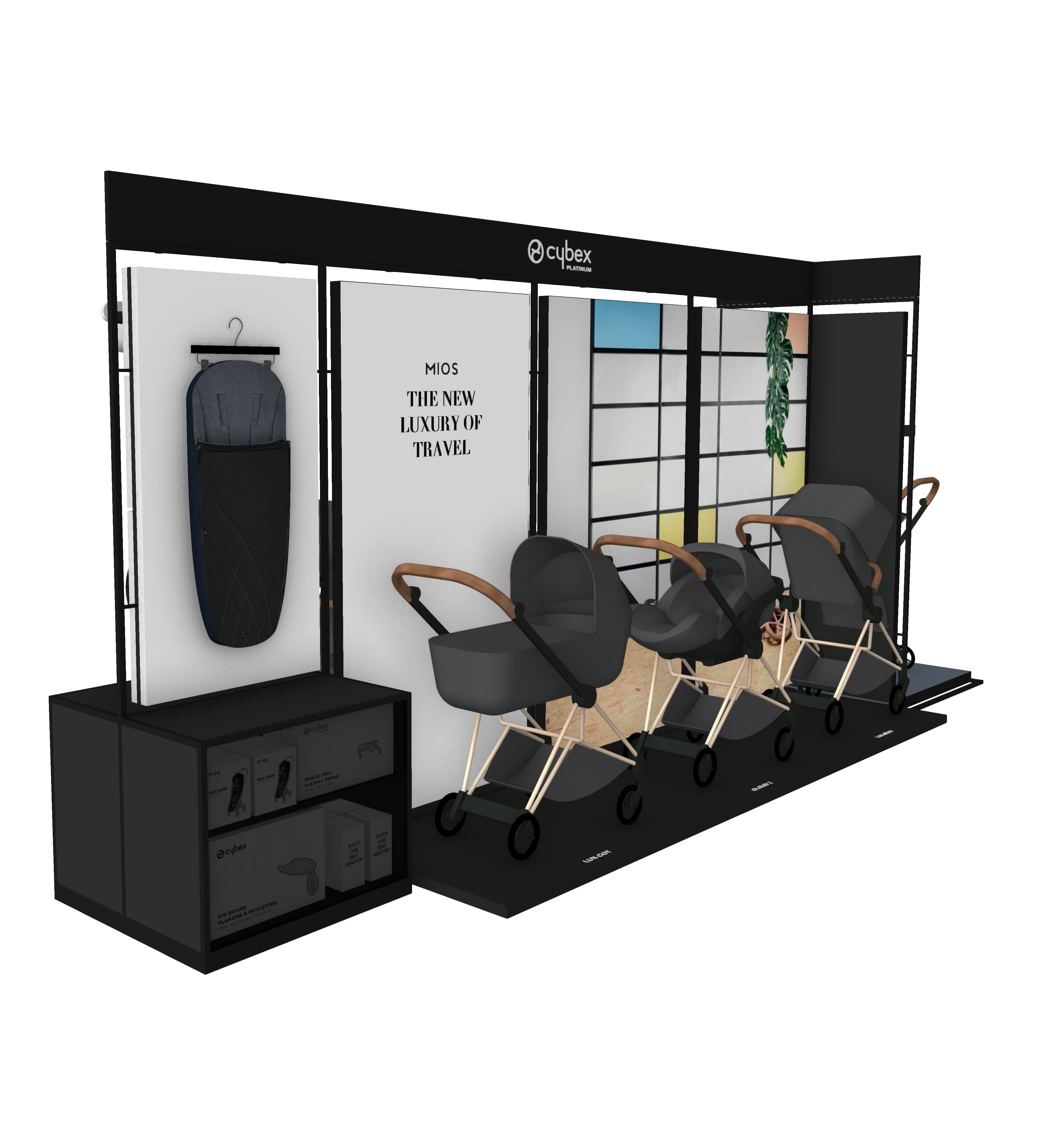
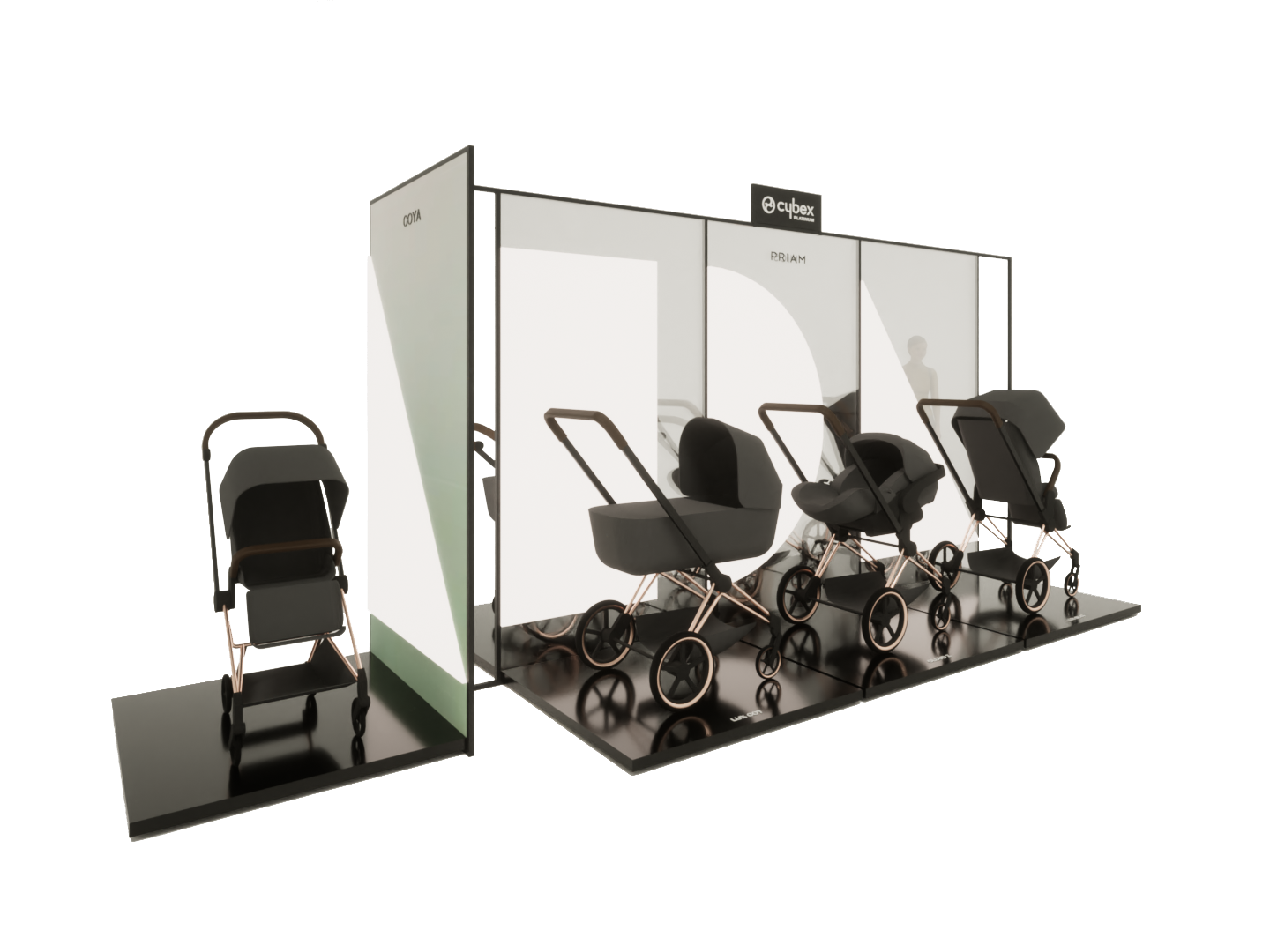
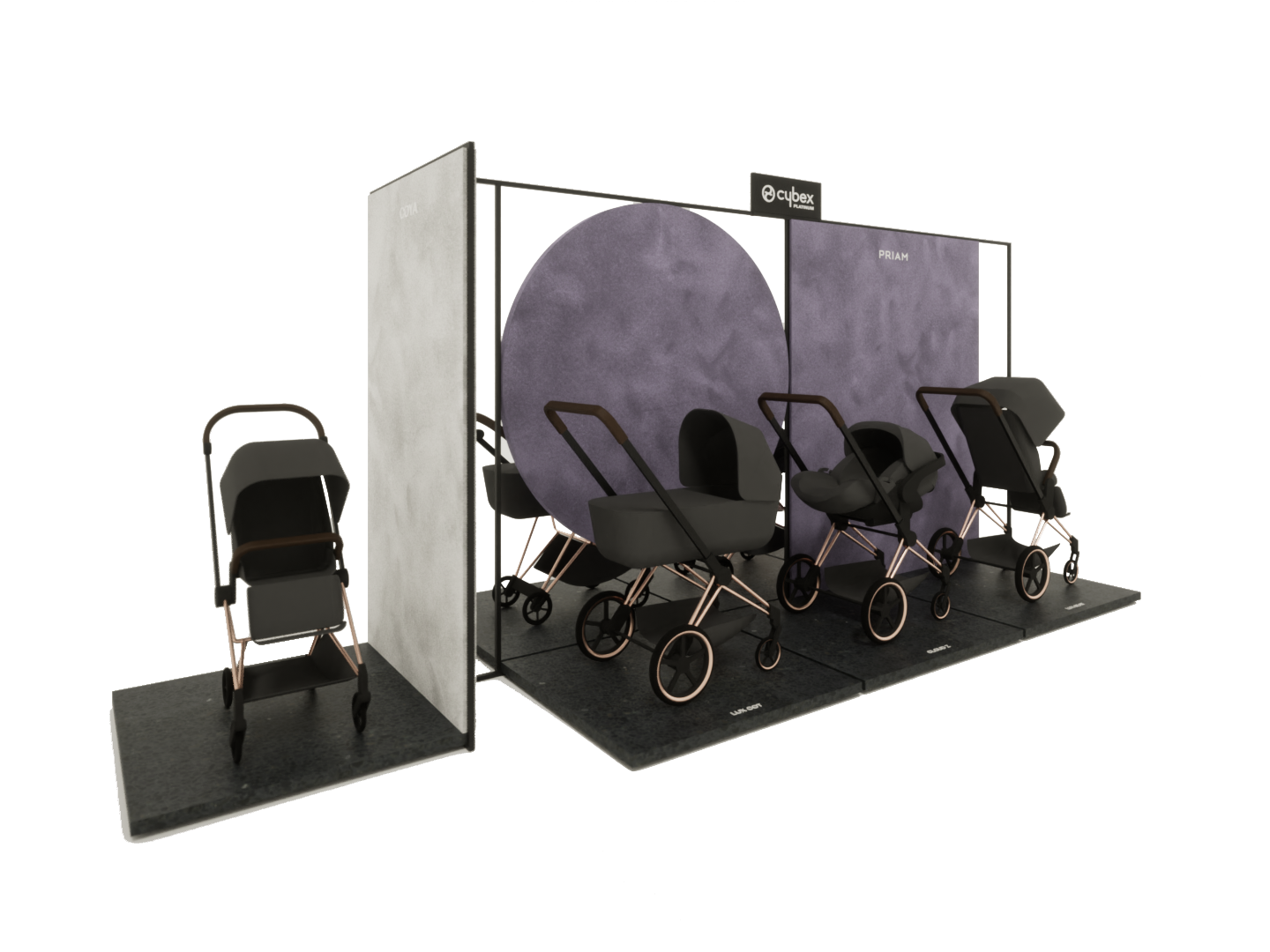
Key Features
The modular POS system was engineered with production efficiency and operational simplicity at its core. A reduced set of module types lowers manufacturing costs, while minimizing the total number of modules streamlines assembly and logistics. Constructed in durable powder-coated steel, the system can be installed by two people using only a screwdriver, requiring no alterations to existing architecture. Each module is optimized to fit within a standard 120×180 cm Euro pallet footprint and kept under 190 cm for warehouse compatibility. Packaging, developed with an external partner, was designed for single-unit efficiency and cost-optimized layouts, ensuring scalable distribution across global markets.
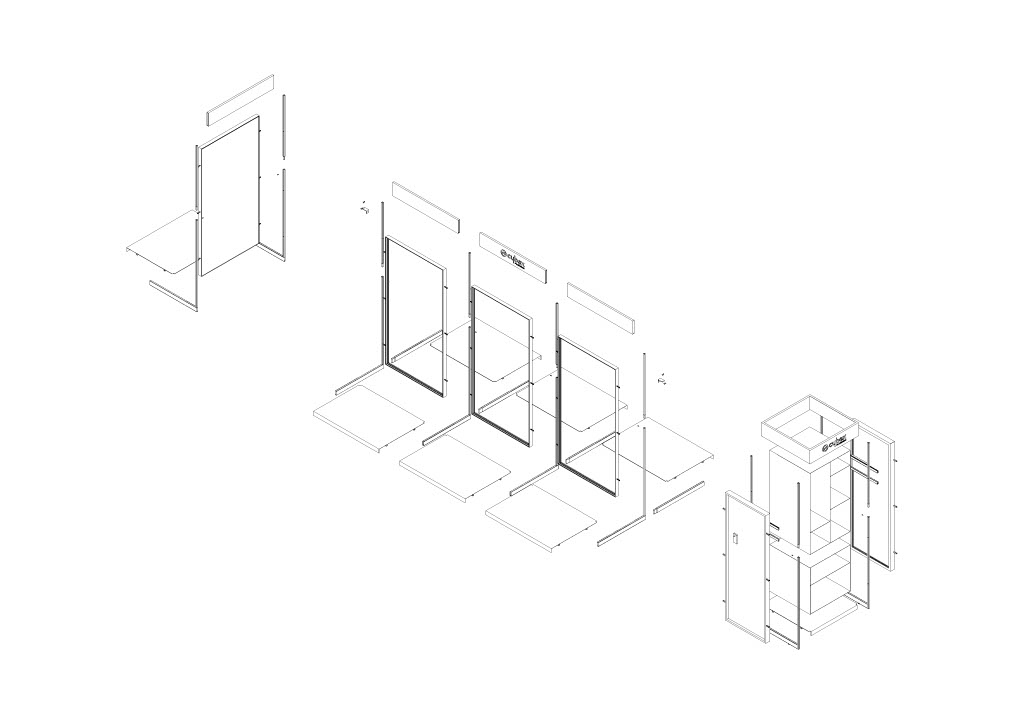
Accessories
The system features clip-on components and accessories, such as product information plate and brochure holder, enabling quick adjustments and tailored configurations without added complexity.
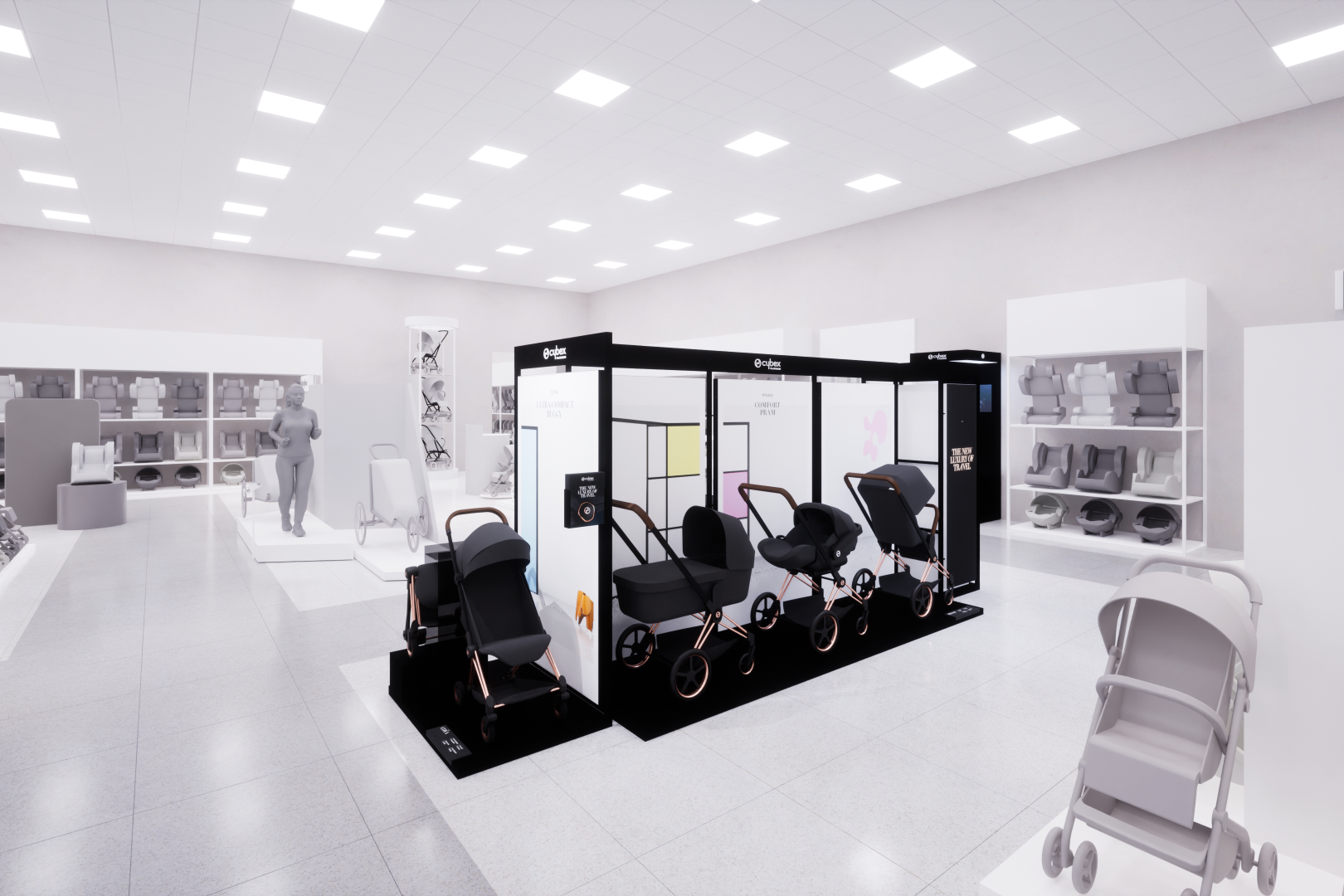
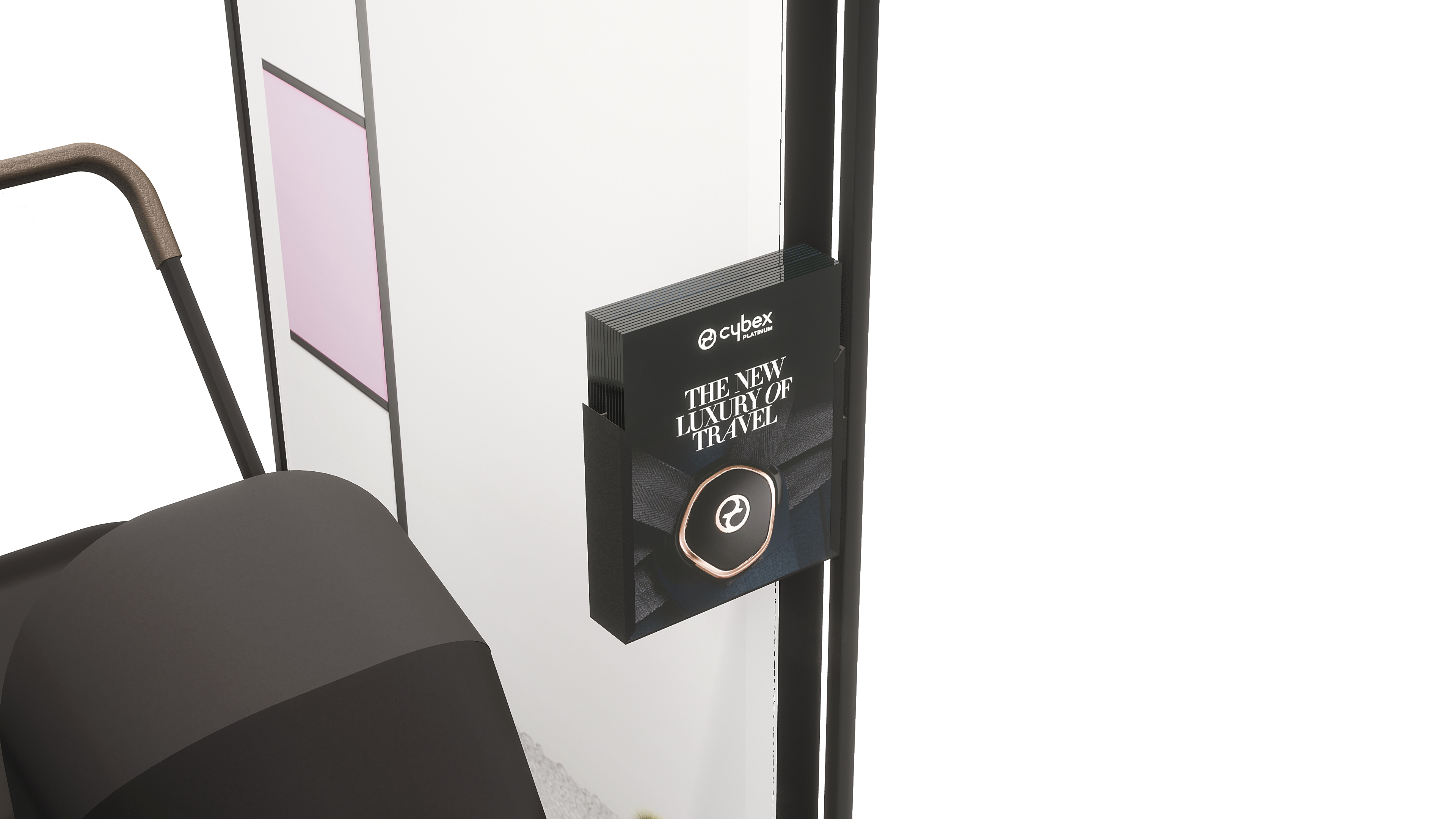
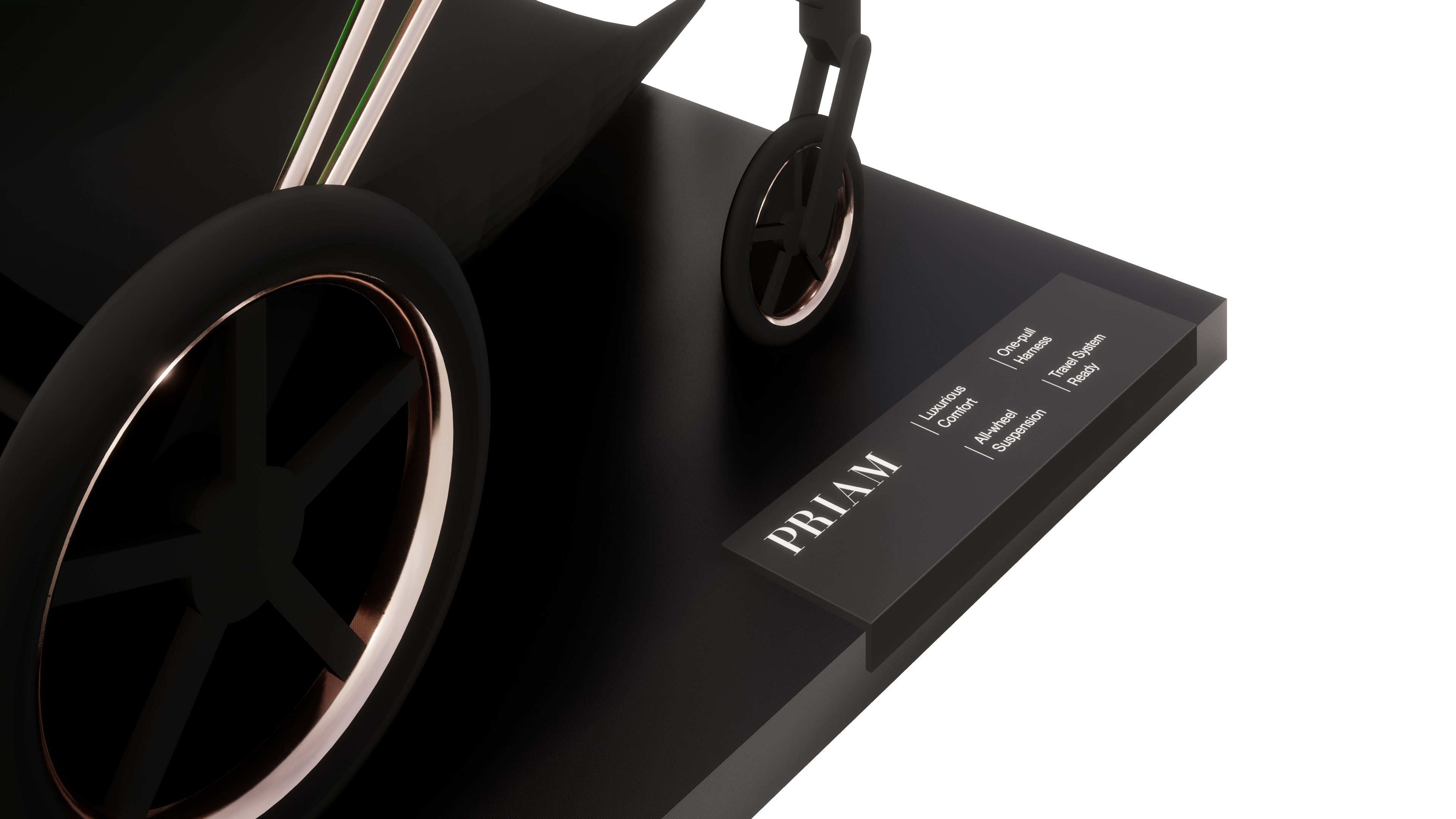
Prototyping
Prototypes were developed to validate stability, assembly efficiency, and component fit prior to serial production.
